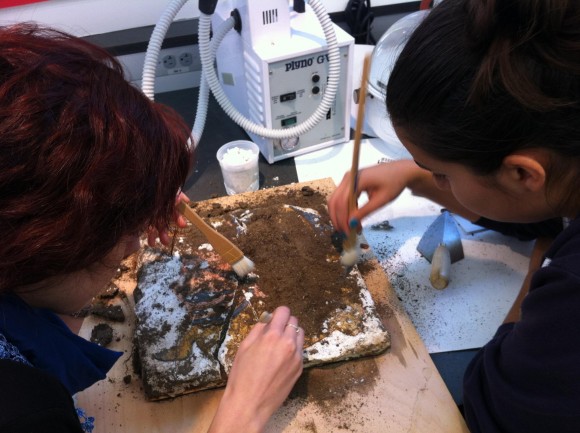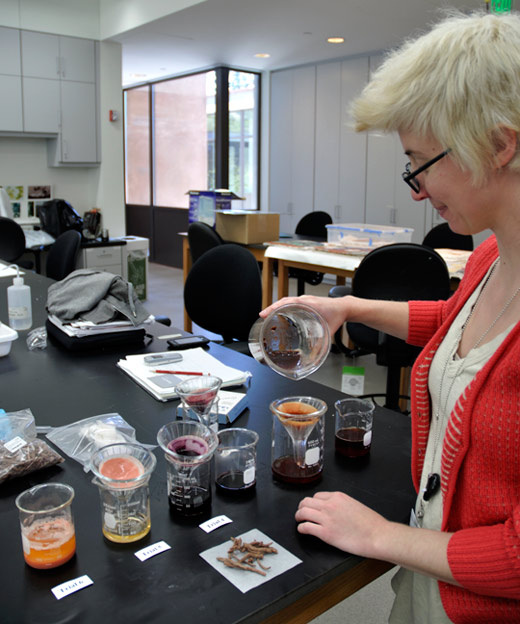When conservators are working on archaeological excavations, their work often encompasses many different aspects of field conservation. This can include materials identification and characterization, lifting fragile artifacts and aiding in archaeological research. No matter what facet of the project they are involved in, the work can be challenging without the comforts of a well-stocked lab and requires lots of problem solving and improvisation. (continue reading)





